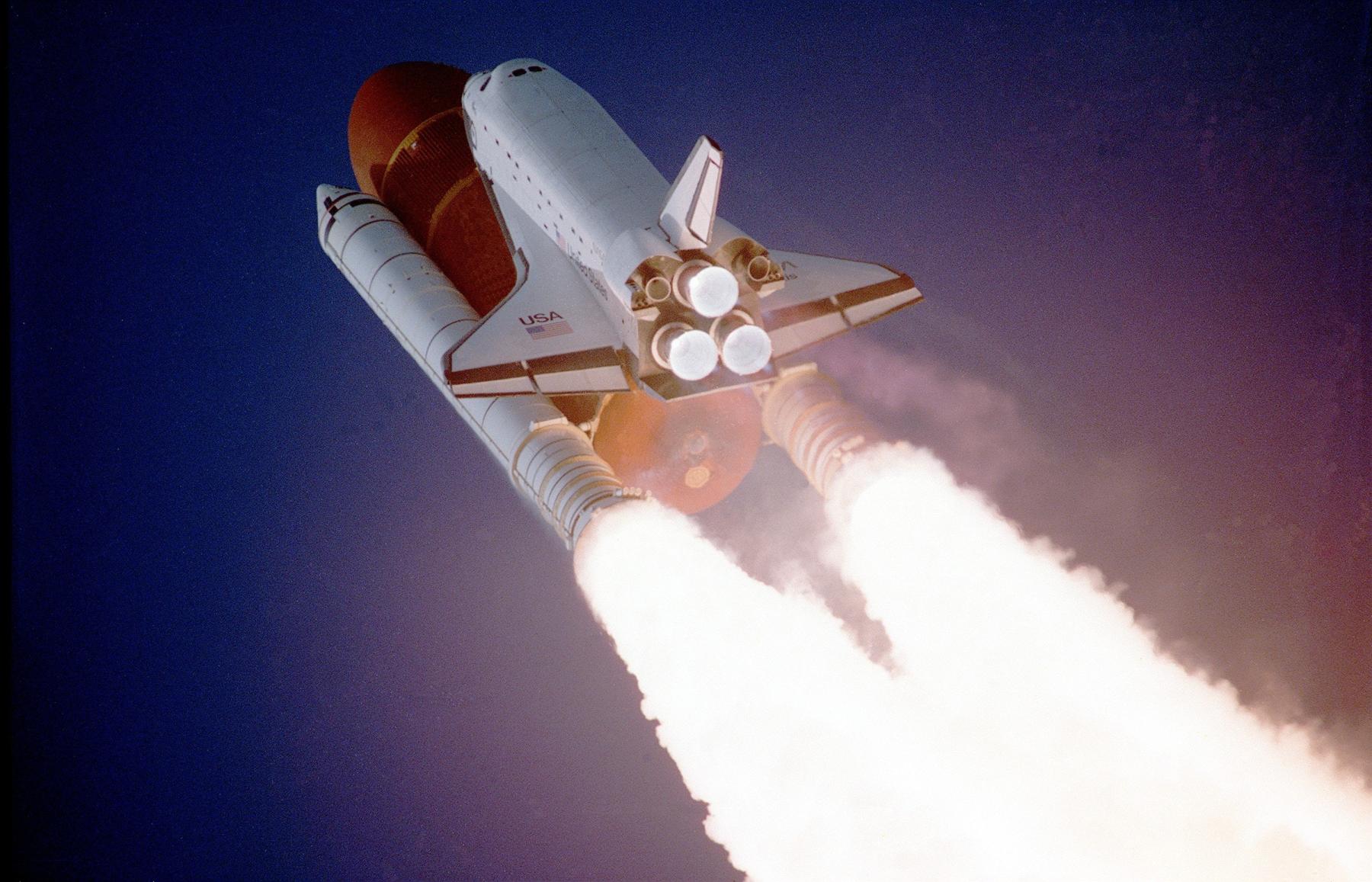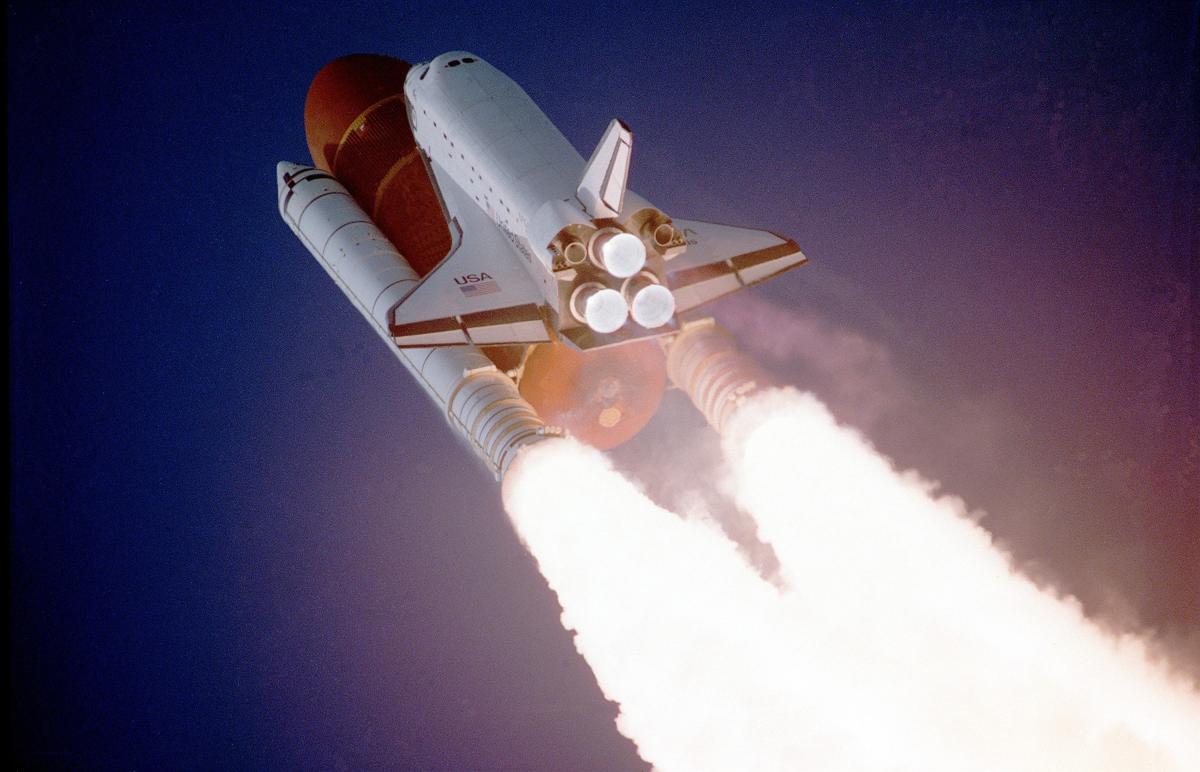
Rocket Launch Algebra 2
by Lisa Mills
In this hands-on and engaging lesson, students build and launch model rockets. They explore the forces acting on the rocket and design an experiment They predict the time to apogee based on manufactures specifications, calculate the maximum velocity using trigonometric functions and calculate the height of the rocket based on experimental time data.
Lesson Grade Level
11th GradeLesson Plan Link/URL
https://docs.google.com/presentation/d/1J_7us_-EKDsgO5ErNtzAwrBN6ZWvN7wS/edit?u…Subject Area
Science Physical Science P3: Net Force P4: Energy Transfer Engineering S2: Apply the Engineering Design Process S3: Apply Mathematics to Engineering S4: Apply Science to Engineering Mathematics Measurement and Data (MD) Functions (F) Reasoning with Functions and Relations (RFR) Reasoning with Trigonometry (RT)
Featured
Off
Related Content

Grades:
11th Grade, 12th Grade
In this engaging lesson, students build a model rocket. They design an experimental procedure based on their understanding of the forces acting on the rocket. They predict values using a flight

Grades:
4th Grade
This lesson focuses on teaching 4th-grade students the fundamental concepts of force and motion through the hands-on activity of designing, constructing, and launching paper rockets. The lesson

Grades:
6th Grade, 7th Grade, 8th Grade
In this project, 8th-grade students will engage in hands-on exploration of elastic potential energy and its conversion to kinetic energy using small catapults. Through experimentation and data